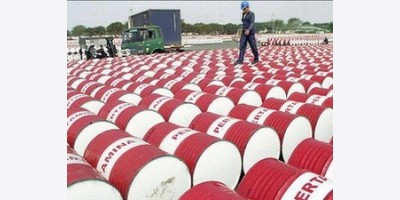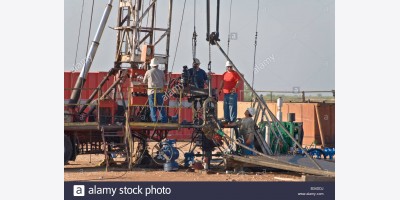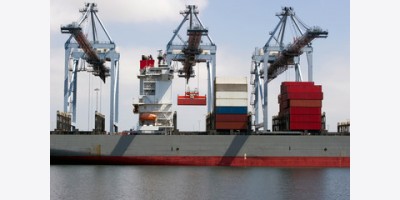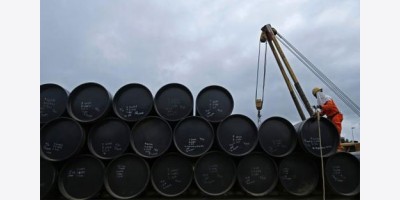By Roland Head
At just $49 per barrel, Brent crude oil is 28% lower than at the start of May and more than 50% lower than it was one year ago, when oil was still trading at over $100 per barrel.
Oil firms have responded by slashing expenditure and slowing the progress of new developments. Unsurprisingly share prices in the sector have been devastated. Many companies now look like they are priced for failure, but this may not be the bottom.
The oil market remains out of balance and I believe that oil may need to fall a little further, before we reach a turning point.
1. Too much oil
The International Energy Agency warned last week that global oil supplies are growing at “breakneck speed”. The IEA, which represents western oil producers, says that oil supply exceeded demand by 3 million barrels per day during the second quarter.
The problem is that to compensate for falling prices, most oil producers are pumping as much oil as possible.
While some of this global surplus is being bought for storage by countries such as China, this stock-building process cannot continue forever. Storage capacity is limited.
If oil producers start to struggle to find buyers, then prices could fall very sharply indeed.
2. Costs are falling
Costs have fallen sharply across the oil industry. The IHS Upstream Capital Cost Index, which measures the cost of bringing new oil into production, has fallen by 15% since the start of the year.
Further falls are likely, as costs are being cut across the board. US shale producers were expected to suffer especially badly when oil prices fell, but one, small-cap Colorado firm Nighthawk Energy, said today that its drilling costs have fallen by 30% over the last year.
Falling costs mean that the breakeven level for oil producers is falling. This encourages companies to maintain or even increase production, in order to maximise cash flow.
3. Insufficient demand
According to last week’s IEA figures, global oil demand is expected to rise by 1.6mb/d this year, taking total demand to 94.2m b/d.
In 2016, oil demand is expected to rise by a further 1.4m b/d, to 95.6m b/d.
However, the IEA says that global oil supply was 96.6m b/d in July. This suggests to me that some reduction in supply will also be needed in order to rebalance the market.
What next?
There are some signs that heavily-indebted oil producers are starting to feeling the pressure from low oil prices.
US oil production has fallen by 100,000 b/d since June and is expected to fall by another 93,000 b/d in September. Recent reports suggest that in the US, oil services giants Halliburton and Schlumberger are now financing some of their customers’ drilling in order to maintain activity levels.
Some OPEC members, whose economies depend on oil revenue, are also struggling. Venezuela is suffering from a huge shortage of hard currency. Under-investment and poor management at the country’s state oil company, PDVSA, has caused production to halve since the mid-1990s. The collapse in oil prices could easily trigger a further slide lower.
My view is that oil prices are likely to remain low and could even fall over the next 6-12 months. This could force financially-distressed oil producers to cut production and start the process of rebalancing the oil market.
In the near-term, the outlook for oil producers is uncertain and volatile. Investing in such an environment is risky.























